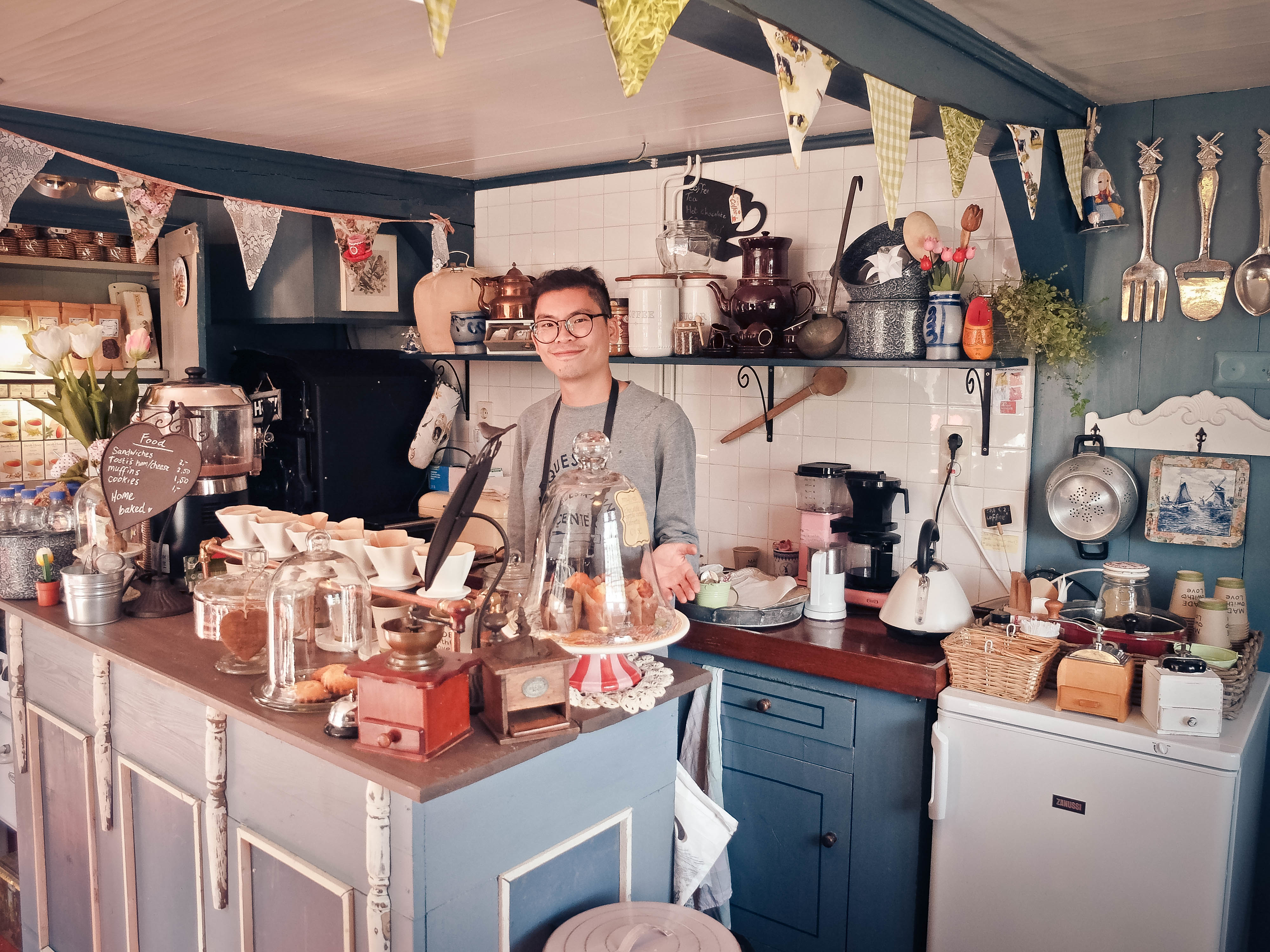It takes more than good cooking skills, a delicious menu and a unique concept to open a restaurant and succeed in this business. To start with, you need a capital. Depending on your preferred location, theme, service type, and target market, you might spend a few hundred thousand dollars to a million (even more) before you could operate your own restaurant.
Based on a survey, the median cost to open a new restaurant is $275,000. That’s about $3,046 per seat. It’s true – restaurant can be a lucrative business but it’s a costly one too.
Here is a breakdown of the major expenses that you should be prepared for when you decide to open a new restaurant.
Location
How much your commercial space will cost per month depends on your location. If you plan to put up your resto in high-end states like New York or California, expect to spend more on the venue costs. In Manhattan, which is considered as a gastronomic capital in the US, commercial spaces could cost around $120 per square foot. It will still vary depending on where exactly your restaurant will be built. If it’s within commercial districts, or nearby schools and other major institutions, expect an even higher price.
When choosing a location, you have to make sure that your total occupancy costs, which include the rent, maintenance, insurance and taxes, should not exceed 10 percent of your projected gross annual profit. For instance, if your annual projected sales are $1.5M, your venue and location costs should not go above $150,000. If you can find a way to lower it down, much better. For instance, you could make a deal with your landlord that you will pay six months to a year in advance in exchange of a discounted rental fee.
Fixed Expenses
Your monthly rental payment for your space is one of your fixed expenses, together with the monthly insurance and the real estate taxes. Certain utilities, such as internet and phone service, electricity, water and gas should be relatively consistent over time. It can just vary during seasonal demands (for instance, your electricity expense could go up in summer when you need to use the AC more often). The cost of gas or oil may also vary, depending on the market price.
Equipment cost should remain fixed from month to month, unless they may need repair or replacement. Other fixed expenses would be your restaurant décor, consumables like napkins, dishes, flatware and glassware, fixtures, furniture and the like.
Variable Costs
Food and beverage are considered variable costs. They are also referred to “usage costs”. Successful restaurant owners manage between buying in bulk to have enough supply and buying just enough so nothing goes to waste. Take note that your profit margin is affected by the fluctuating cost of your raw materials or ingredients. You won’t have control over price hikes of commodities. That means if the cost of vegetables or meat goes up next month, you will need to absorb it. Increasing your price menu is not always the best idea, unless there have been substantial increases for quite a while.
Labor and personnel expenses are also variable expenses. Only the manager's salary is considered a fixed expense. You may need to hire more staff during peak season or when there are bookings for parties or events (in case you also offer catering services). You can manage personnel and labor costs by controlling the number of shifts assigned and how much overtime is approved.
Initial Food and Labor Costs
This might be the biggest expense of your restaurant. Food and labor costs vary between restaurants, depending on they type of food service offered and the operation. Generally, luxury restaurants will have higher food and labor expense than casual or fast-food restaurants. Food and beverage costs are calculated as a percentage of the total volume of sales. So, for instance, your sales for the month is $50,000 and your food and labor cost is $17,500 – the food and beverage expense of your restaurant is 35 percent. When it comes to labor, the rule of thumb is that it should not go above 30 percent.
FOH and BOH Equipment
Your operational expenses can be divided into two: Front of House (FHO) and Back of House (BHO). FHO includes expenses accrued outside the kitchen, such as the serving staff, hosts, bartenders, food runners, floor managers, and cashiers while the BHO refers to the kitchen, storage, and office. All of these require an operating cost and should be included in your budget.
Advertising
Marketing is another necessary expense especially for new restaurants. If you want to reach your profit goals, you should promote your business and encourage people to come and try your products. This and the other expenses above all make up your capital.
Conclusion
It is very important to keep costs in check. If you notice that your operational costs are rising and your sales are not, it’s time to consider making changes. In addition to their personal savings, many entrepreneurs rely on personal loans for start-up businesses and other financing options to get started.Review your current budgeting system and see if there are things you can reduce. Cutting back on payroll and food are two ways to immediately lower your expenses, but careful planning and considerations of the pros and cons are a must. Furthermore, you should aim to reduce waste in everything, from your fixed to your variable costs.




















